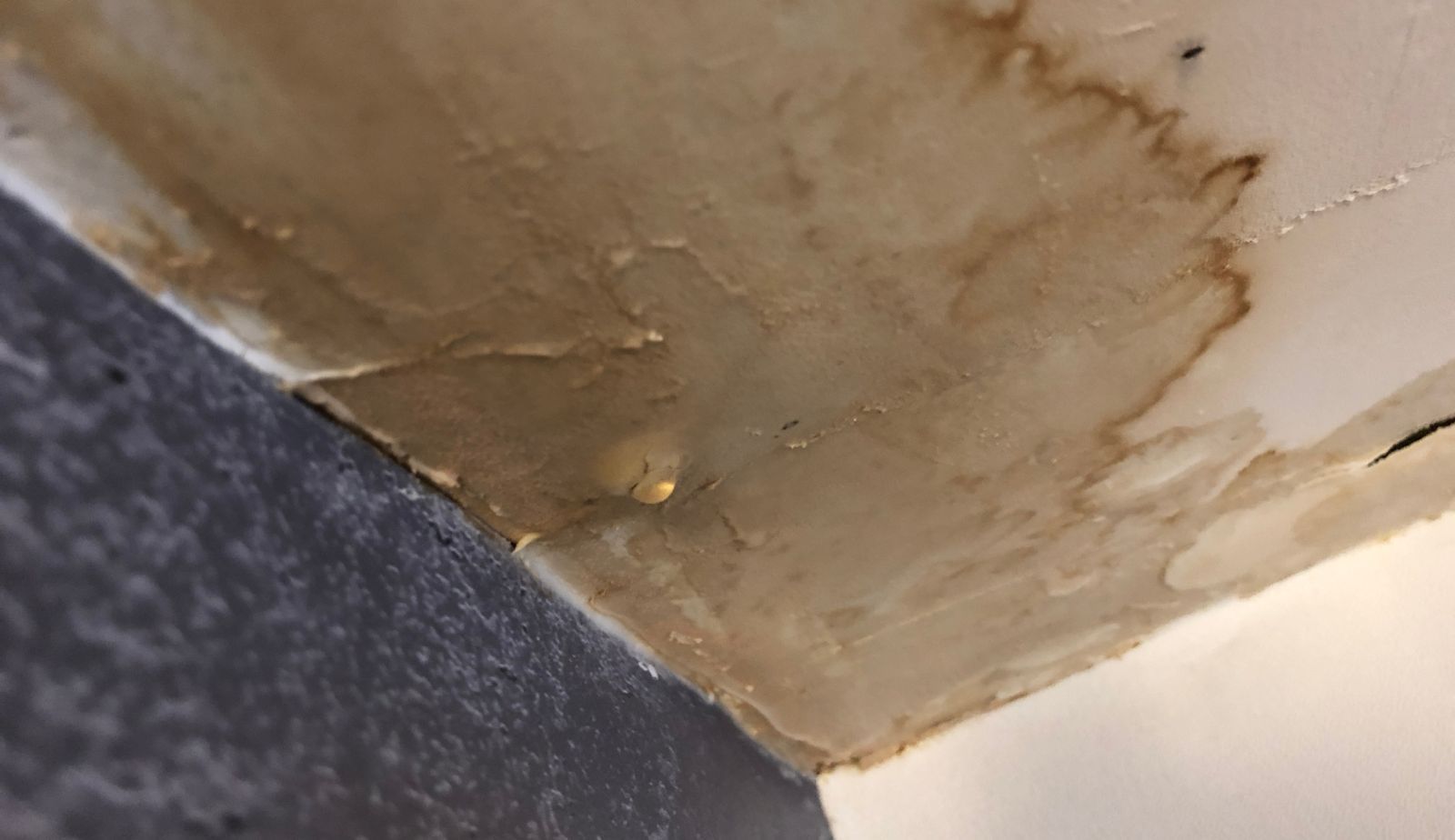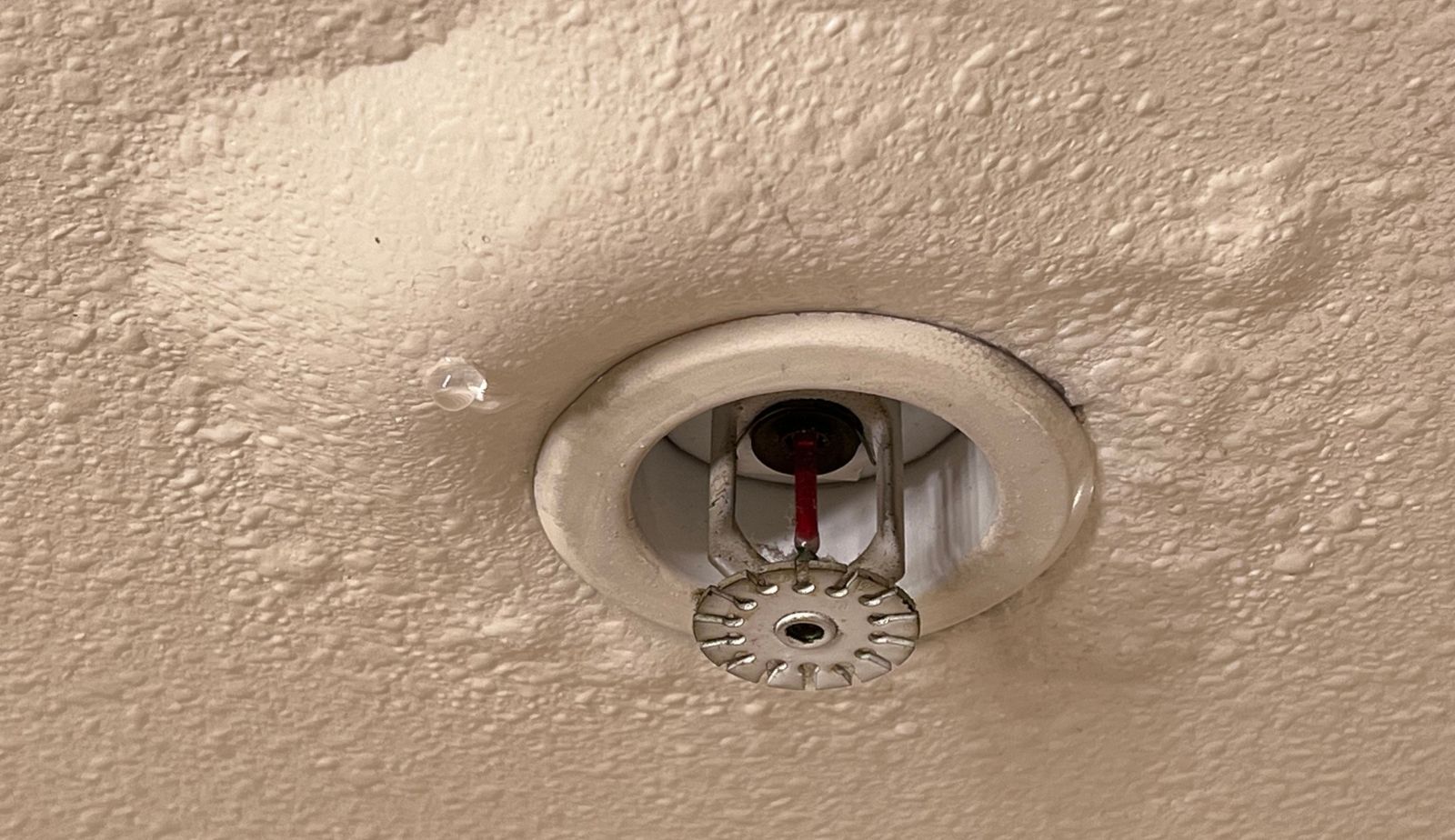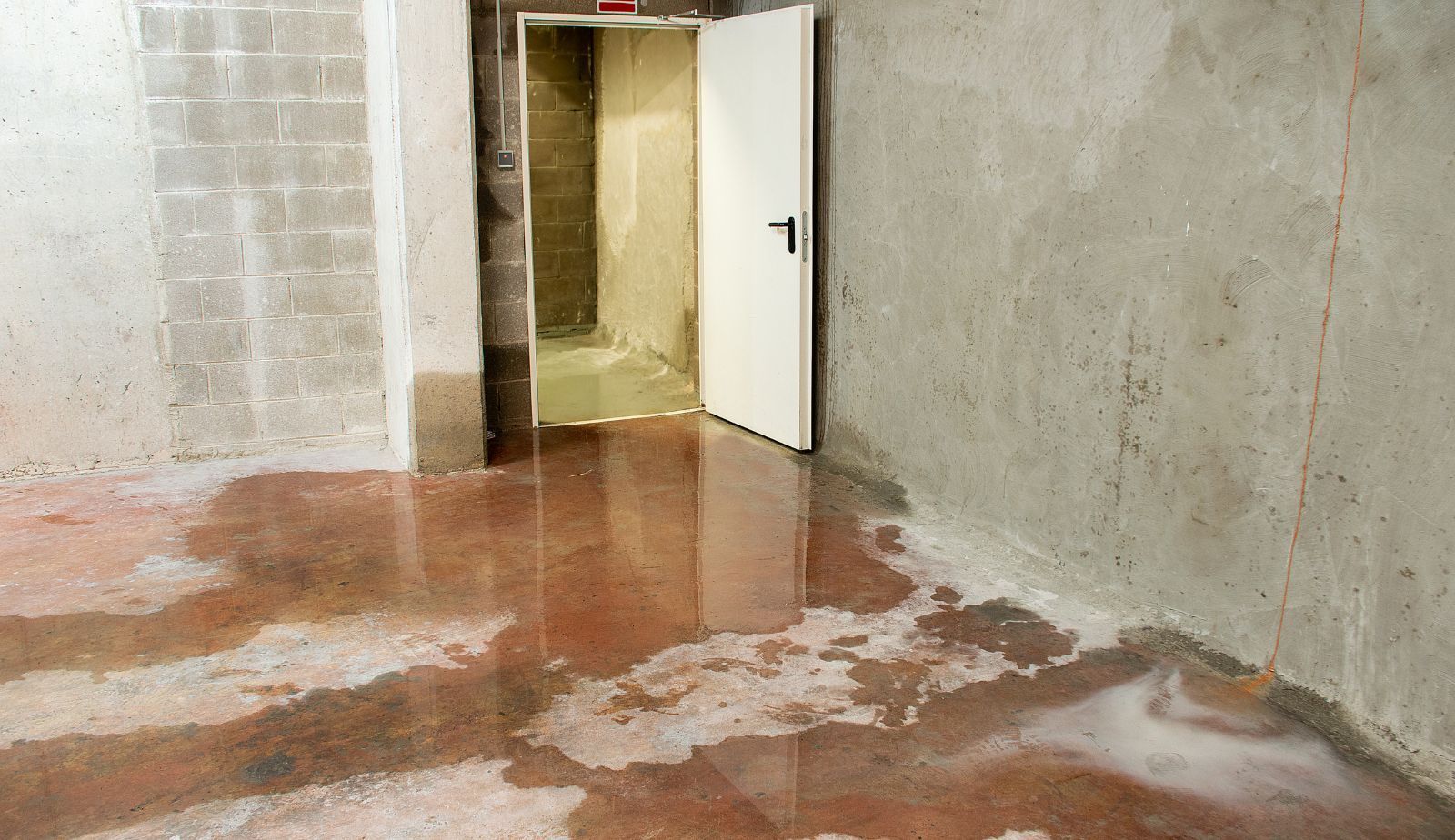Common Missteps in Handling Water Damage Claims in Louisiana: Avoiding Frequent Mistakes by Homeowners
Water damage can disrupt a homeowner's life and finances, making it essential to navigate the insurance claims process carefully. Understanding common missteps when filing these claims can significantly improve the chances of receiving a fair settlement. Many homeowners overlook critical aspects of documentation, which can hinder their claims and lead to denials.
In Louisiana, where weather-related water damage is prevalent, the nuances of policies can create additional confusion. Homeowners often fail to accurately document the extent of the damage or misunderstand what their insurance covers. By being aware of these common pitfalls, they can take proactive measures to bolster their claims effectively.
Being well-informed about the claims process is vital. By avoiding common mistakes, homeowners can streamline their efforts and avoid unnecessary delays in receiving compensation for their losses. This article aims to highlight these frequent missteps and provide actionable advice for navigating water damage claims with confidence.
Understanding Water Damage Claims in Louisiana
Navigating water damage claims in Louisiana requires a clear understanding of the distinctions between types of damage and the relevant insurance coverage. Awareness of key exclusions in home insurance policies is essential, as is the importance of flood insurance in this flood-prone state.
Differentiating Between Flood and Water Damage
In Louisiana, homeowners must differentiate between flood damage and other types of water damage. Flood damage arises from rising water levels, often due to heavy rainfall, hurricanes, or river overflows. It typically requires a specific flood insurance policy.
Conversely, water damage can result from internal sources such as burst pipes, roof leaks, or appliance failures. This type of damage may be covered under standard homeowners insurance but often incurs limits or requires a deductible. Accurately categorizing the source of water damage is crucial for filing a successful claim, as it influences both eligibility and compensation.
Key Exclusions in Home Insurance Policies
Home insurance policies in Louisiana often contain exclusions that homeowners should be aware of. Standard policies may not cover certain types of water damage, particularly damage caused by neglect, such as failing to repair plumbing issues.
Additionally, many home insurance policies exclude coverage for flood damage, necessitating additional flood insurance. Homeowners should thoroughly review their insurance policy to identify these exclusions, ensuring they have the appropriate coverage to safeguard against common risks in the region.
Importance of Flood Insurance in Louisiana
Given Louisiana's vulnerability to floods, securing flood insurance is vital. This insurance provides specific coverage for damages caused by flooding, which is generally excluded from standard homeowners insurance.
Flood insurance is governed by the National Flood Insurance Program (NFIP), offering residents access to critical financial protection. Homeowners in high-risk flood zones are often required to carry this insurance, but it is wise for all residents to consider it due to the state's frequent heavy rain and hurricane threats. Understanding these insurance options can significantly impact a homeowner's financial security following a water damage event.

Identifying Causes and Types of Water Damage
Understanding the root causes and classifications of water damage is essential for homeowners. Recognizing whether the damage arises from a natural disaster or a gradual incident can significantly impact insurance claims.
Natural Disasters and Weather-Related Water Damage
Flooding often occurs during significant weather events like hurricanes, heavy rains, and severe storms. Storm surges accompanying hurricanes can lead to extensive property damage in coastal areas. These situations typically result in immediate and visible damage to homes.
Homeowners should be aware that insurance policies often cover water damage from natural disasters differently. They need to review their coverage to determine if flood damage is included. Additionally, understanding localized risks is crucial; for example, homes in flood-prone areas might face more frequent claims.
Gradual Damage Versus Sudden Incidents
Gradual damage involves issues that develop over time, such as slow leaks from faulty plumbing or roof deterioration. This type of damage is often challenging to detect until significant harm is done. Insurance providers may classify these problems as maintenance issues, which could lead to claim denials.
Sudden incidents, like a burst pipe or storm-related flooding, are generally easier to identify. Homeowners should document all evidence of immediate damage and contact their insurance company promptly. Recognizing these distinctions is vital when filing claims and ensuring proper coverage. Misunderstanding the nature of the damage may lead to complications in securing compensation.
Common Mistakes Homeowners Make with Water Damage Claims
Homeowners often encounter pitfalls when navigating water damage claims. Understanding coverage, proper documentation, and timely filing are critical to ensuring fair payouts. Here are some common missteps and how to avoid them.
Failing to Understand Coverage Limits and Terms
Many homeowners overlook the details of their insurance policy, leading to issues later on. This includes failing to read and comprehend coverage limits, exclusions, and specifics around actual cash value versus replacement cost. Policies may have different stipulations for sudden incidents, such as burst pipes, versus gradual damage, like leaks.
If a homeowner has not thoroughly reviewed their policy, they may assume certain types of water damage are covered when they are not, or be unaware of specific exclusions. To avoid claim denial, homeowners should regularly review their insurance terms and confirm coverage with their provider.
Incorrect or Incomplete Documentation
Another common mistake involves the documentation of damages. Homeowners often underestimate the importance of thorough records, which can include photographs, videos, and detailed notes about the extent of the damage. Failing to document evidence can lead to inadequate claims, as insurers require substantiating information to assess the situation.
In particular, when claiming for impacts related to pre-existing conditions, documentation becomes crucial. If not done correctly, this oversight can weaken one’s claim and result in reduced compensation. Employing a clear and organized method for tracking damage with timestamps and professional assessments can make a significant difference.
Delay in Filing the Claim
Timeliness is essential in filing water damage claims. Homeowners who wait too long may find that their insurance provider denies their claim or offers a reduced payout due to escalating damage. Insurance policies typically require prompt reporting after discovering damage.
Each day of delay can worsen the situation, as ongoing issues often result in more extensive property damage. Homeowners should familiarize themselves with their policy's timelines and act quickly to mitigate damage while documenting their efforts. An efficient response often ensures a smoother claims process and maximizes the potential payout.
Navigating Insurance Adjustments and Estimates
Homeowners must be diligent in navigating the complexities of insurance adjustments and estimates after experiencing water damage. Understanding the roles of insurance adjusters and the nuances of repair estimates is essential for achieving fair compensation.
Working with Insurance Adjusters
Insurance adjusters play a crucial role in assessing water damage claims. Homeowners should prepare for the adjuster's visit by documenting all damage with photos and videos. This can provide a clear visual record to support the claim.
During the meeting, it’s important for homeowners to be transparent and provide all requested information. Adjusters will often ask detailed questions about the incident and previous repairs. Engaging in open communication can help establish trust and clarify expectations.
Homeowners should also consider being present during the inspection. This allows them to point out specific damages and provide context. Being proactive ensures adjusters have all the information needed to make an informed assessment.

Understanding Repair Estimates and Actual Cash Value
Repair estimates are critical in determining the compensation amount for water damage claims. Homeowners need to obtain estimates from licensed contractors to ensure accuracy. These estimates should outline the proposed repairs, materials needed, and associated costs.
It’s vital to understand the concept of Actual Cash Value (ACV). ACV is the cost to repair or replace the damaged property minus depreciation. Homeowners should review their insurance policy closely to comprehend how their provider calculates ACV.
Comparing multiple estimates can reveal discrepancies and help in negotiations. If estimates differ significantly, homeowners can question the adjuster about the basis for the evaluation. This due diligence helps ensure that homeowners receive fair compensation for their claims.
Legal Perspectives on Water Damage Claims
Navigating water damage claims involves intricate legal considerations. Homeowners must understand when to seek legal assistance and the processes involved in litigation and dispute resolution.
When to Seek Legal Assistance
Homeowners should consider enlisting an insurance lawyer when faced with a denied claim or an inadequate settlement offer. If an insurance company disputes coverage based on policy exclusions, expert guidance is essential.
Additionally, when the cause of water damage is unclear or if investigations reveal complex issues, legal expertise can clarify rights and options.
A lawyer can help gather necessary evidence, such as documentation of property damage, repair estimates, and correspondence with the insurance provider.
Early legal involvement can prevent missteps that might jeopardize a claim, ensuring better chances for a favorable outcome.
Litigation and Dispute Resolution
Should negotiations fall short, litigation may become necessary. Homeowners can pursue their claims through the court system if insurance companies fail to fulfill their obligations.
Litigation often involves establishing liability, documenting damages, and demonstrating a breach of duty by the insurer. It’s advisable to prepare for a lengthy process, as legal proceedings can extend over months or years.
Alternatively, many disputes can be resolved through alternative methods like mediation or arbitration. These approaches can be more cost-effective and less time-consuming, allowing for a potential settlement without going to trial.
Understanding these options can empower homeowners to make informed decisions regarding their property damage claims.
Strategic Approaches for Maximizing Claim Outcomes
Proper strategies can greatly enhance the outcomes of water damage claims. Key considerations include hiring a skilled public adjuster and effectively negotiating with insurance providers. These methods can help ensure homeowners receive fair compensation for their losses.
Hiring a Public Adjuster
Engaging a public adjuster can significantly improve the chances of a favorable insurance settlement. A public adjuster is an expert in navigating the complexities of insurance claims. They represent the policyholder instead of the insurance company, ensuring that the homeowner's interests are prioritized.
When choosing a public adjuster, look for credentials and experience specific to water damage claims. They assess the cause of damage, collect necessary documentation, and prepare a thorough claim submission. Their expertise in estimating damages often leads to higher compensation, as they understand the nuances of policy coverage.
Additionally, a public adjuster can serve as a buffer during negotiations, alleviating stress for the homeowner. Their knowledge of industry practices enables them to advocate effectively on behalf of the claimant.
Negotiating with Insurance Providers for Fair Settlements
Effective negotiation skills are vital in securing fair settlements from insurance providers. Homeowners must prepare comprehensive documentation that outlines the scope of the water damage and associated costs for repairs. This documentation often includes photographs, contractor estimates, and any engineer reports.
It is essential to remain clear and assertive throughout the negotiation process. Homeowners should present their case based on solid facts, emphasizing their right to fair compensation according to their policy.
Understanding the details of the insurance policy also plays a crucial role. Knowing what is covered and excluded helps prevent misunderstandings with the insurance adjuster. A detailed breakdown of damages, accompanied by supporting evidence, strengthens the claim.
Homeowners should also be ready for counteroffers and remain flexible in negotiations. Building a relationship with the insurance provider can sometimes lead to better outcomes, as trust may facilitate a more amicable resolution.

Preventive Measures to Strengthen Future Claims
Homeowners can take specific actions to fortify their water damage claims. By focusing on regular upkeep and ensuring insurance policies adequately reflect their circumstances, they can enhance their chances of a favorable outcome in the event of future claims.
Regular Maintenance and Documentation
Conducting regular maintenance is essential for preventing water damage. Homeowners should inspect roofing, gutters, and plumbing systems at least twice a year. Fixing minor leaks promptly can avert costly repairs later.
Documentation plays a critical role. Keeping detailed records of maintenance activities, repairs, and any previous claims helps build a solid case. Photographic evidence of property conditions before damage occurs can also be beneficial.
Creating a schedule for regular assessments ensures that maintenance is not overlooked. Homeowners should keep all receipts and documentation handy. This preparedness can strengthen a claim significantly when an incident arises.
Updating Home Insurance to Reflect Current Risks
Updating home insurance policies is crucial for homeowners facing changing circumstances. Many may neglect to adjust their coverage limits, leaving them underinsured in the event of significant damage.
Reviewing insurance policies annually, or after any major home changes, ensures that the coverage aligns with property value and current risks. This includes factoring in renovations, new appliances, or environmental changes.
Homeowners should consult with their insurance agents to understand how to tailor their policies. Emphasizing specific risks, such as flooding in Louisiana, can ensure that property insurance adequately covers potential damages. It's vital to address these adjustments proactively, rather than reactively.
You might also like
DryMax Restoration Blogs




